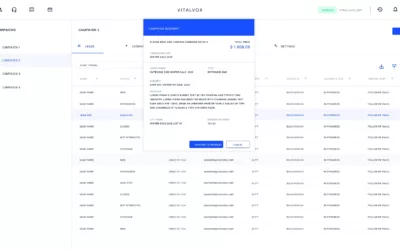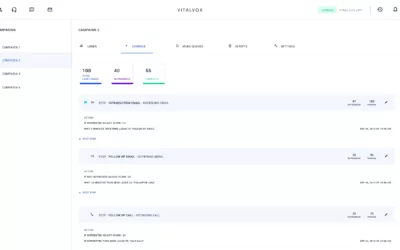Calculating Productivity in Contact Centers

In the dynamic world of call centers, productivity is the cornerstone of success. Understanding and Calculating Productivity accurately is crucial for any contact center aiming to optimize its operations and deliver exceptional customer service. This blog post delves into the essentials of measuring and enhancing productivity in contact centers, offering practical strategies for improvement.
The Importance of Calculating Productivity
Measuring productivity in a contact center involves more than just counting calls. It’s about Calculating Productivity through a comprehensive analysis of various metrics that collectively paint a picture of the center’s performance. Accurate measurement is key to identifying areas that need improvement and implementing strategies that boost efficiency and customer satisfaction.
Key Metrics for Productivity Analysis
- Average Handling Time (AHT): Essential for Calculating Productivity, this metric measures the average duration of a customer interaction, including talk time, hold time, and after-call work. Lower AHT often indicates higher efficiency, but it’s crucial to balance it with quality service.
- First Call Resolution (FCR): Crucial in Calculating Productivity, FCR tracks the percentage of calls resolved without the need for a follow-up. A higher FCR rate typically signifies more effective problem-solving skills and contributes to customer satisfaction.
- Occupancy Rate: This metric, integral to Calculating Productivity, shows the percentage of time agents spend handling calls or completing after-call work. A balanced occupancy rate ensures agents are neither overworked nor idle.
Strategies to Enhance Productivity
Implementing the Right Technology
In the pursuit of Calculating Productivity, leveraging advanced call center technologies like automated call distribution (ACD), interactive voice response (IVR), and customer relationship management (CRM) systems can significantly streamline operations. These technologies not only reduce the workload on agents but also improve customer experience through faster and more personalized service.
Training and Development
Regular training sessions ensure that agents are well-equipped with the necessary skills and knowledge, a key aspect of Calculating Productivity. This not only enhances their efficiency but also boosts their confidence and job satisfaction, which in turn impacts overall productivity.
Regular Performance Reviews
Conducting periodic performance reviews helps in identifying areas where agents excel and where they might need additional support or training. This targeted approach ensures that resources are utilized effectively to bolster productivity, a core element in Calculating Productivity.
The Role of Employee Satisfaction in Productivity
Employee satisfaction is a critical but often overlooked aspect of productivity in contact centers. Happy and engaged employees are more likely to be productive and provide better customer service, a significant factor in Calculating Productivity. Regular feedback, recognition programs, and a supportive work environment can go a long way in enhancing employee morale.
Conclusion: Embracing a Holistic Approach
Calculating and improving productivity in contact centers is not a one-size-fits-all solution. It requires a holistic approach that encompasses technology, training, performance management, and employee satisfaction. By focusing on these areas, contact centers can not only improve their productivity metrics but also create a more positive work environment and deliver superior customer service.
Ready to Transform Your Contact Center’s Productivity?
At Indosoft, we specialize in providing innovative software solutions that empower contact centers to reach new heights of efficiency and customer satisfaction. Contact us today to explore how our solutions can revolutionize your contact center operations.
Let’s work together to create a more productive and customer-centric future!
Categories
- Agent Performance & Training
- AI solutions
- Asterisk
- Business Growth
- Call Center Performance & Productivity
- Call Center Software Platform
- Call Center Technology & AI Integration
- Call Center Training
- Call Center Workforce Management
- Call Monitoring
- Cloud-Based Solutions
- Customer Experience
- Data Security
- General
- Insights
- Integrated Customer Service
- News
- Omnichannel Communication Strategy
- Omnichannel Support
- Quality Assurance
- Tech


